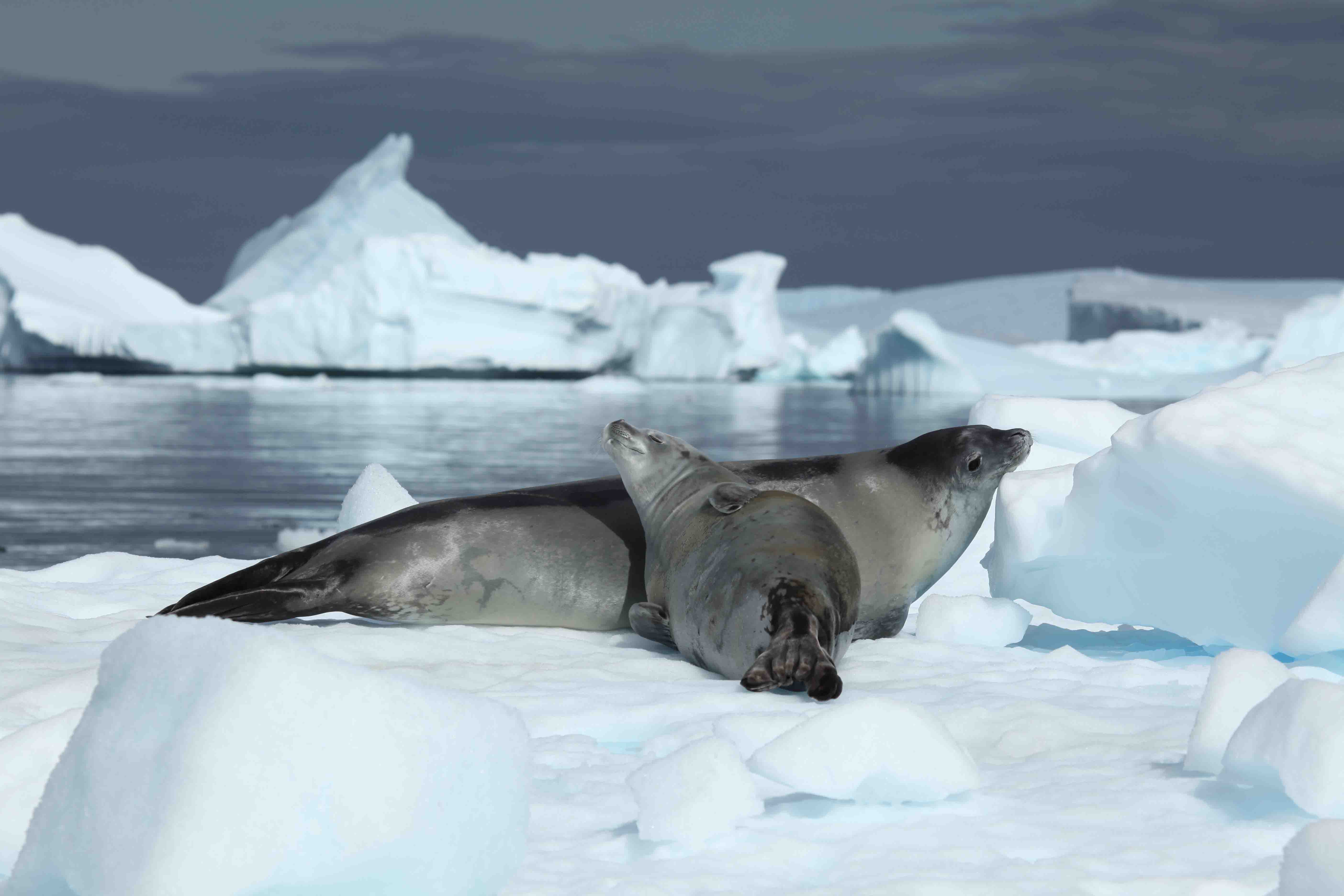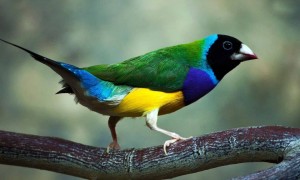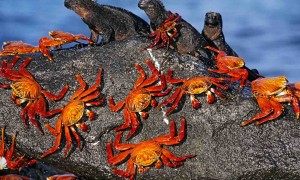The two poles are associating with opposite, as are two opposite points on the Earth’s sphere. Despite being immersed in cold and ice, they have significant differences, some of which are not visible at first glance, while others are known only to scientists. Both destinations however have a common characteristic – they are perhaps the most inhospitable areas on Earth.
1. Metamorphoses
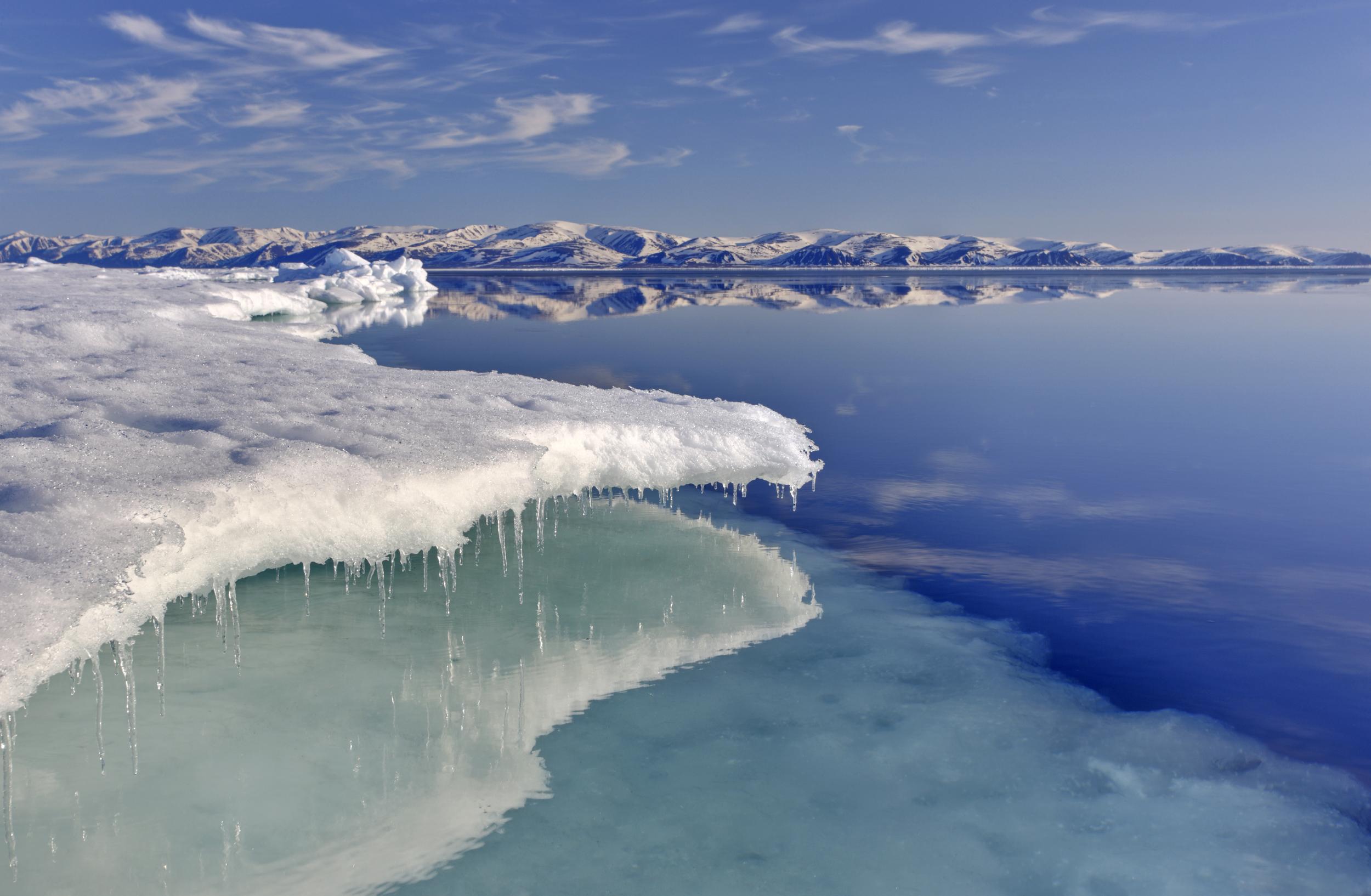
Arctic ice
The Arctic region is located in the region of the North Pole and includes the natural cycle of melting, during which almost half of the ice masses melt in summer and in winter transforms again into ice. Usually these masses restore periodically size. During the winter months, they have an area equal to the area of the United States of America. However, scientists believe that the ice thickness 3.5 kilometers, located on the island of Greenland is melting so fast that there is a risk to disappear by the end of the century. Others are of the opinion that the North Pole will remain ice-free during the summers for a period of not more than one hundred years in the future.
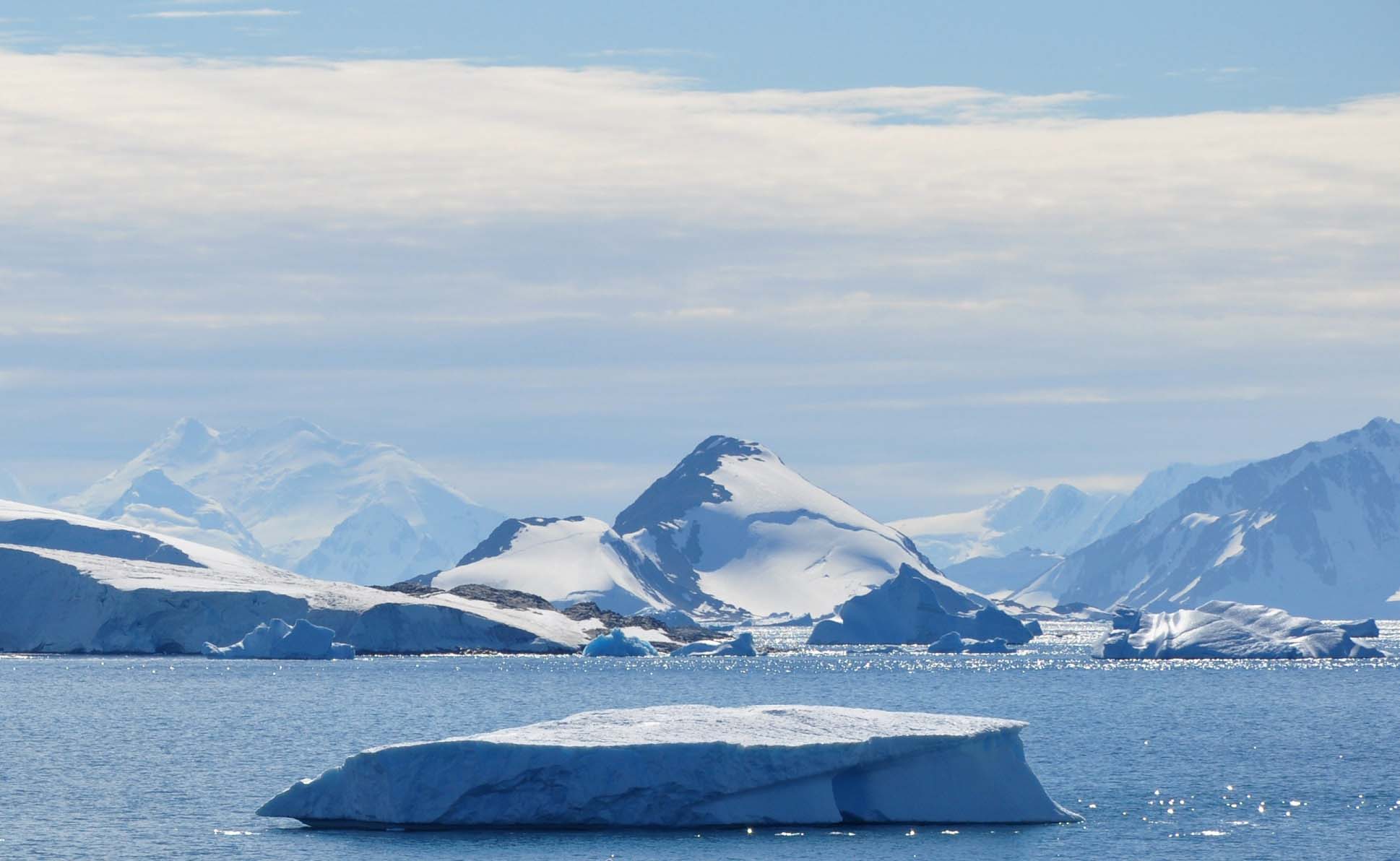
Antarctica
On the other side is Antarctica, where the South Pole is. It does not include a similar cycle and its shelf remains relatively constant scale throughout the year. If there is a thaw in the region, it is not due to natural causes but so popular for this century global warming. If you melt all the ice at the South continent, sea level would rise by 60 meters.
2. Hole in the ozone layer
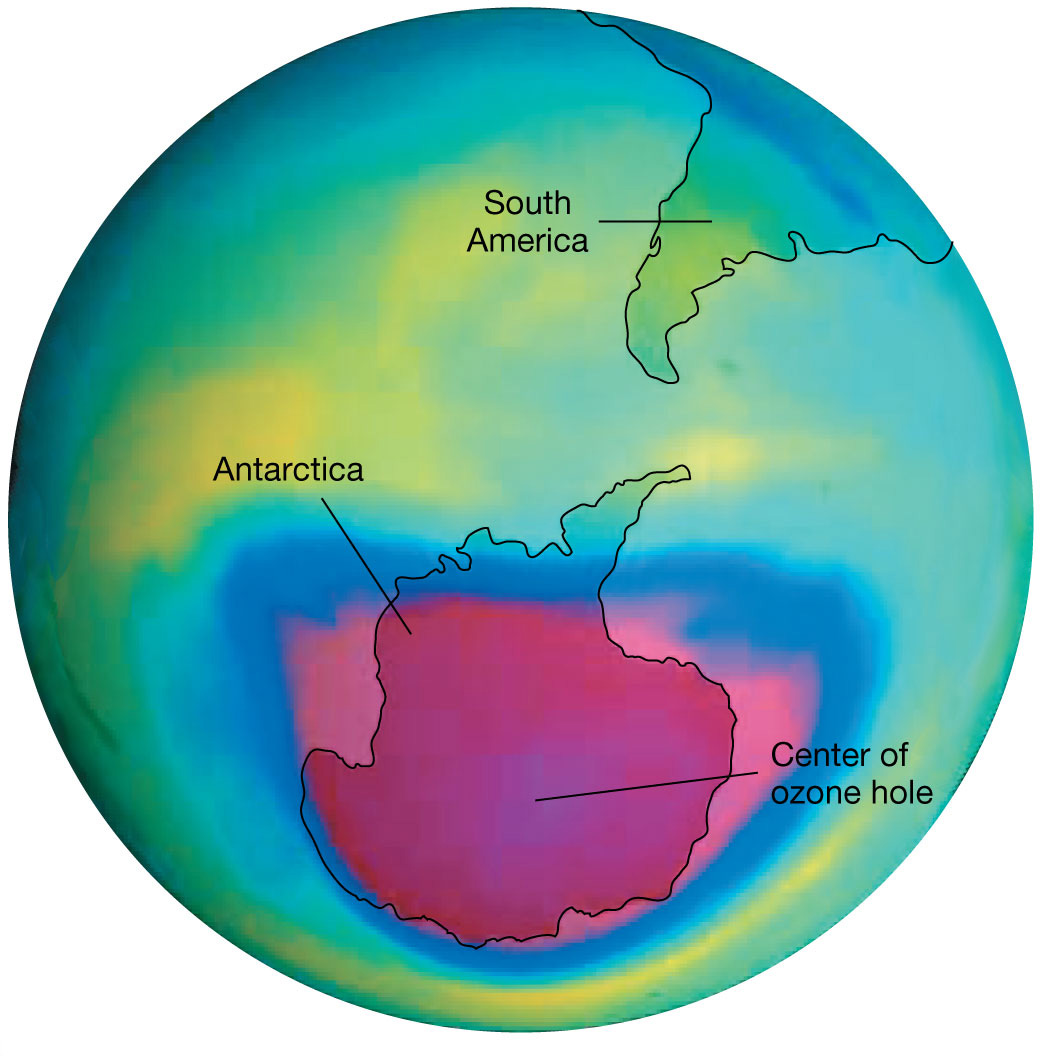
Scientists discovered the ozone hole in the 80s of last century. Each year, it began to form in August, reaching maximum size in late September and disappears in mid-December. It is formed only over Antarctica and is about the size of the mainland United States. Although some theories to explain the ozone hole with the natural cycle of nature, while others say it begins to shrink, ozone depletion is a serious threat to humanity. It reduces the protection of the atmosphere against solar radiation. Scientists believe that higher temperatures at the North Pole do not allow to be formed polar stratospheric cloud masses that affect the ozone layer.
3. Cold and freezing point
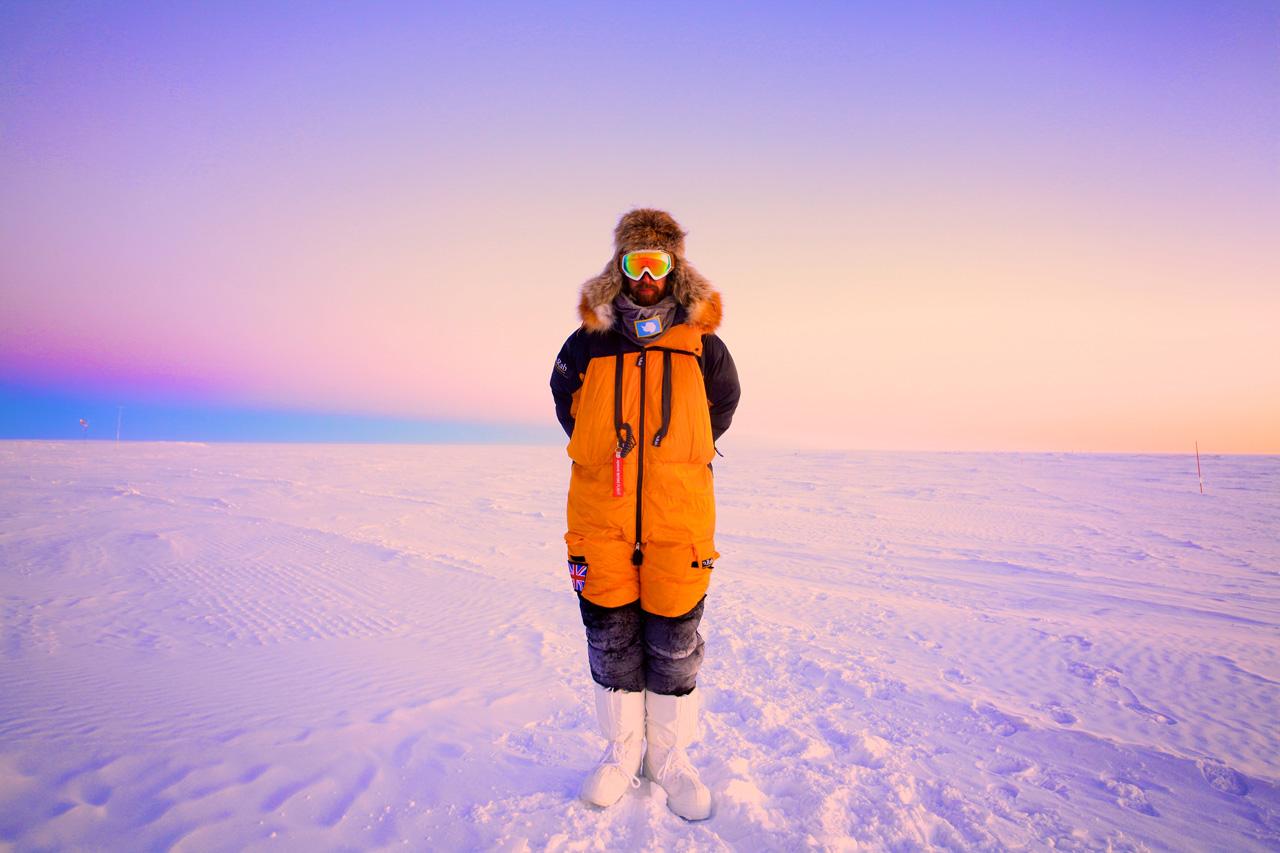
While associate south with warm weather, the South Pole is colder than the North. Temperatures of the most southern continent are so low that ice and snow in some places do not melt. The average annual indicators are -49 degrees Celsius. In the Arctic, average winter temperatures are -34 degrees, significantly higher than those of Antarctica. In the summer these indicators rise by several degrees. The lowest temperature on Earth was measured near the geomagnetic South Pole station in Vostok -89.6 degrees. Arctic has an ice shelf and it is making it more unprotected by climate change.
4. Polar bears and penguins
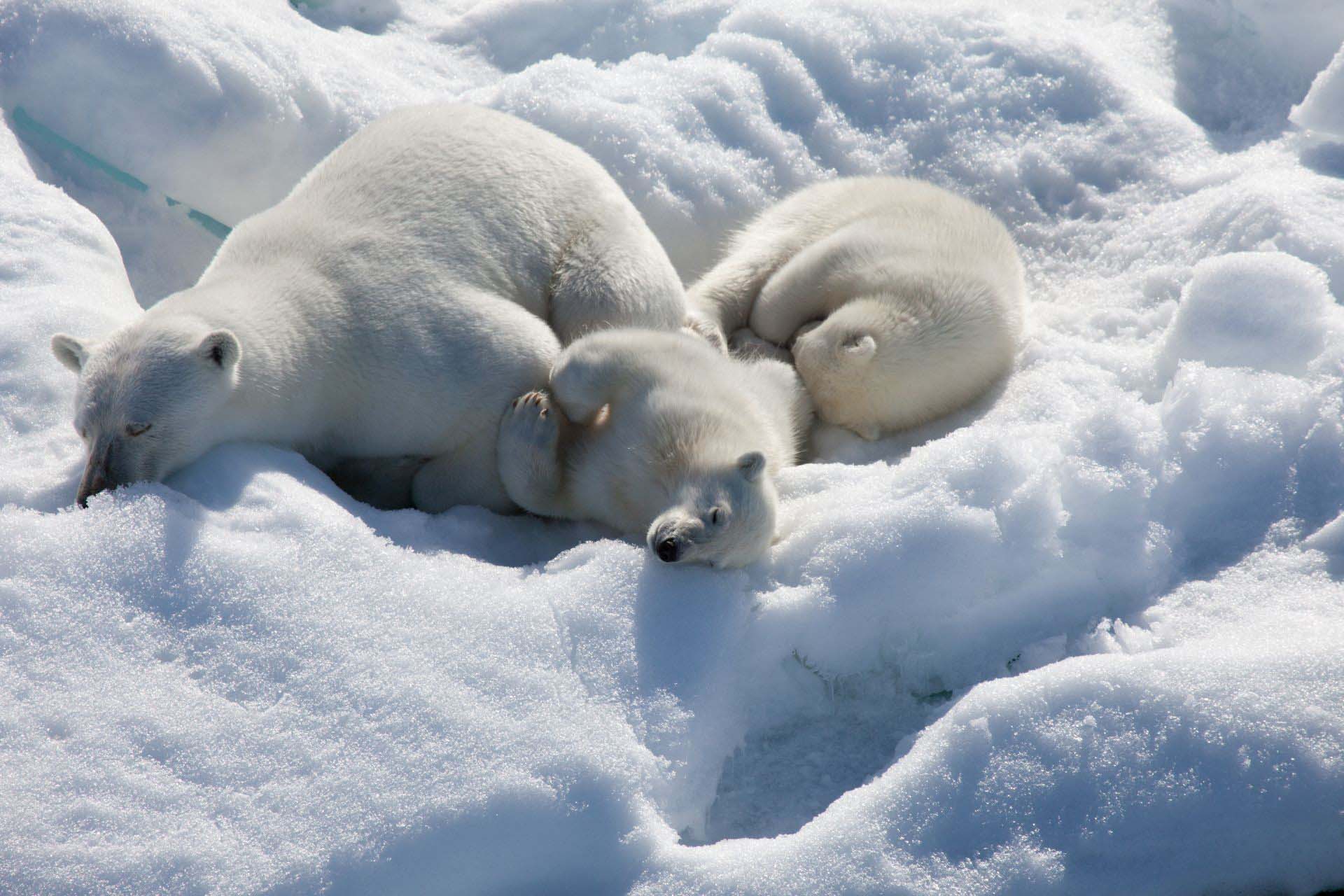
There is one very relevant logical riddle “Why do not polar bears eat penguins?”. And although many people still believe that the two animals have the same habitat, in fact they live on the opposite parts of the Earth. This error is probably due to widespread ads and movies that show both animals as neighbors of residence. The truth is that polar bears live in the Arctic and penguins live in Antarctica, where they have no natural enemies in the animal world.
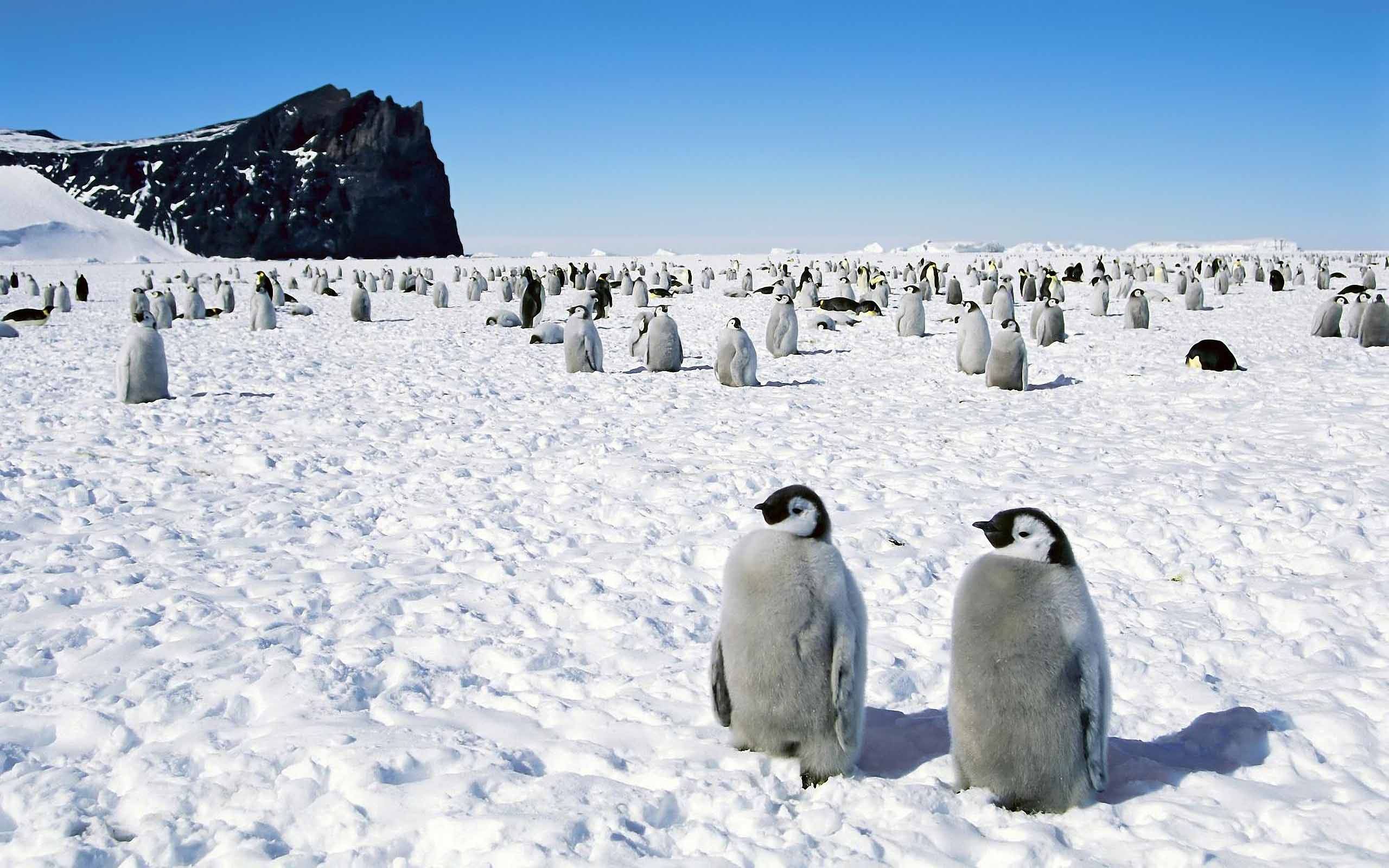
In fact, these black and white creatures can be seen elsewhere in the southern hemisphere. Contrary to popular belief, they do not live only in cold climates. There are three types of penguins that inhabit the tropics and one lives in the Galapagos Islands. On the North Pole there is no natural populations of penguins. If there were then polar bears wouldn’t have to worry about their livelihoods. They are the largest terrestrial predator and endemic animal Arctic, which feed on seals, manatees and sometimes whales.
5. Natural resources
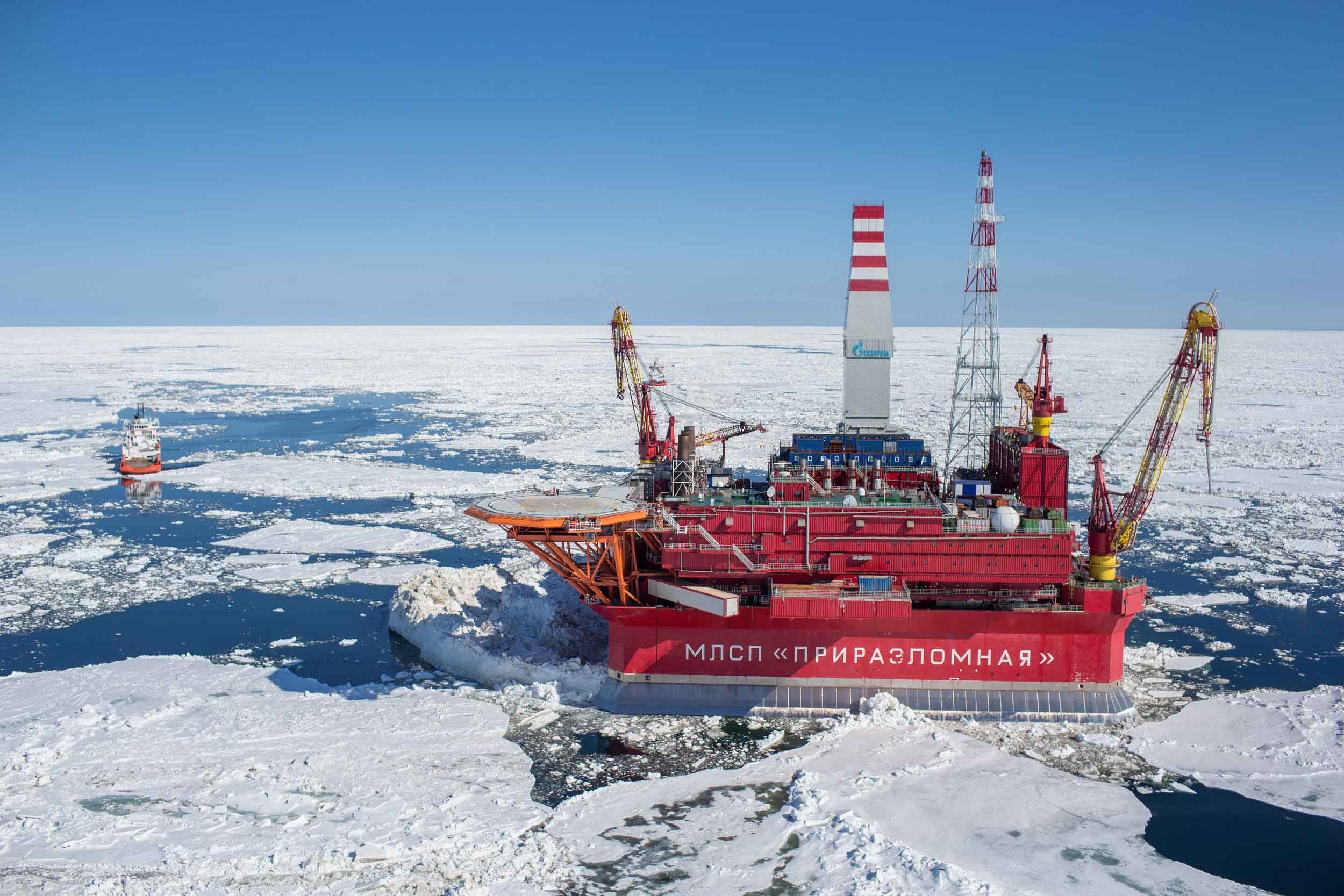
Almost half of the world’s remaining oil reserves are located under the ice cap of the Arctic Circle. The area is mainly under the control of Russia and the country hopes to exploit deposits of the Lomonosov Ridge. It extends on more than 1,800 kilometers and it is located in the Arctic Ocean. It is assumed to contain 10 billion tons of oil. The United States did send icebreakers on their side of the ocean in the Ross Sea in search of oil. It is assumed that there is oil in Antarctica too but the Antarctic Treaty prohibits any such expeditions in the area.
6. No Man’s Land
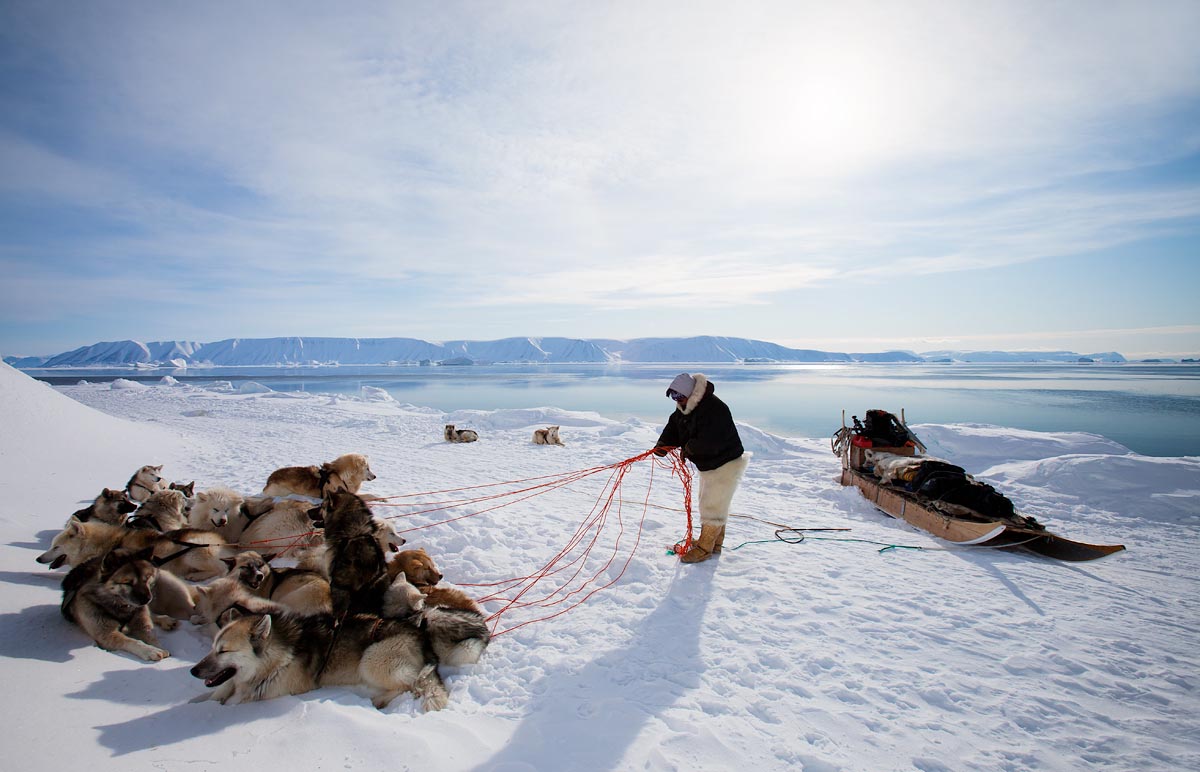
Arctic inuit
Although there are many proud pictures of daring adventurers, hoisted the flag in the ice of Antarctica, the continent is the only area of the planet that does not belong to any country. This is determined by the Antarctic Treaty and related agreements concluded in 1959 and signed by 47 countries until 2003. The contract aims to preserve Antarctica as the only continent without a permanent population, as neutral and demilitarized zone and territory continent can be used only for peaceful purposes, mainly from scientific expeditions.
On the other hand North Pole is located in an area divided between several countries. Within the Arctic Circle live over four million people, including many Inuit, both in cities and in small villages.
7. Ice and more ice

The southernmost continent on the planet contains 90% of the ice masses and 75% of stocks of fresh water on Earth. Some scientists consider the option to break off huge chunks of ice and transport it to the dry areas of the planet. In comparison, the Arctic has much less ice stocks.
8. Continent and Ocean
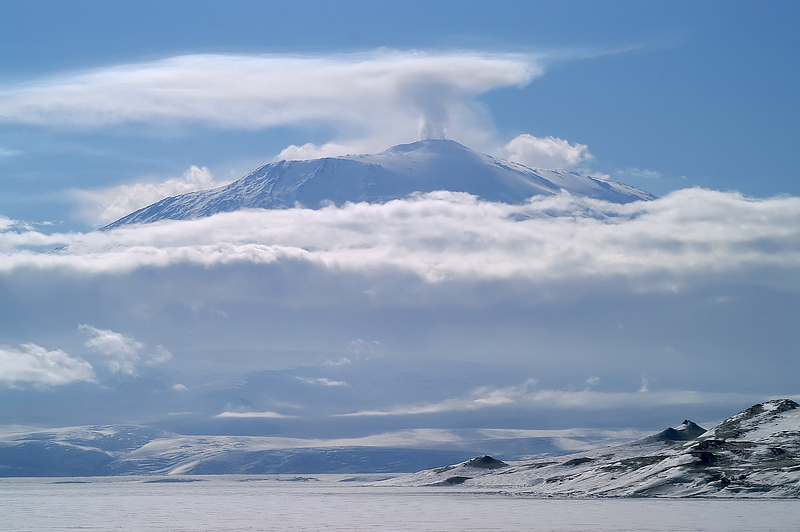
Erebus volcano on Antarctica
The area of Arctica is actually frozen ocean and Antarctica is a continent with mountains, valleys and lakes. Although salted and frozen. The continent is surrounded completely by the ocean. On the territory of Antarctica is the Erebus, which is the southernmost active volcano, 3794 meters high.
Arctic although it is made of ice is subject to political and economic interests of a few countries, including the United States, Russia, Canada, Iceland, Norway and so on.
And three curious facts about poles:
* Glaciers store about 70-80% of the fresh water on Earth. About 99% of these glaciers are located in the Arctic and Antarctica.
* Driest place on Earth is Antarctica. In some parts of the southernmost continent there was no rain from two million years. Desert actually is not always a region full of hot sand and dunes – this is an area where rain less than 254 mm per year. In the Sahara – 25 mm and in the Atacama Desert – 1 mm. Besides the most dry, desert regions of Antarctica are the windiest in the world.
* The last glacial period is still not over and we live in it. Geography defines the ice age as a period of development of the Earth, where the planet has polar ice caps. Our period is “interglacial”, which does not mean that it is located between two ice ages but that the ice caps are melting because of rising temperatures. Ice age began 10 000 years ago and is the fourth glacial epoch in the history of Earth. When will end is a question that can not be answered with certainty – without human intervention, these periods usually last between 12 000 and 50 000 years. Another interesting fact is that the temperature difference between the current climate and climate during the main part of the Ice Age is 5 degrees.

